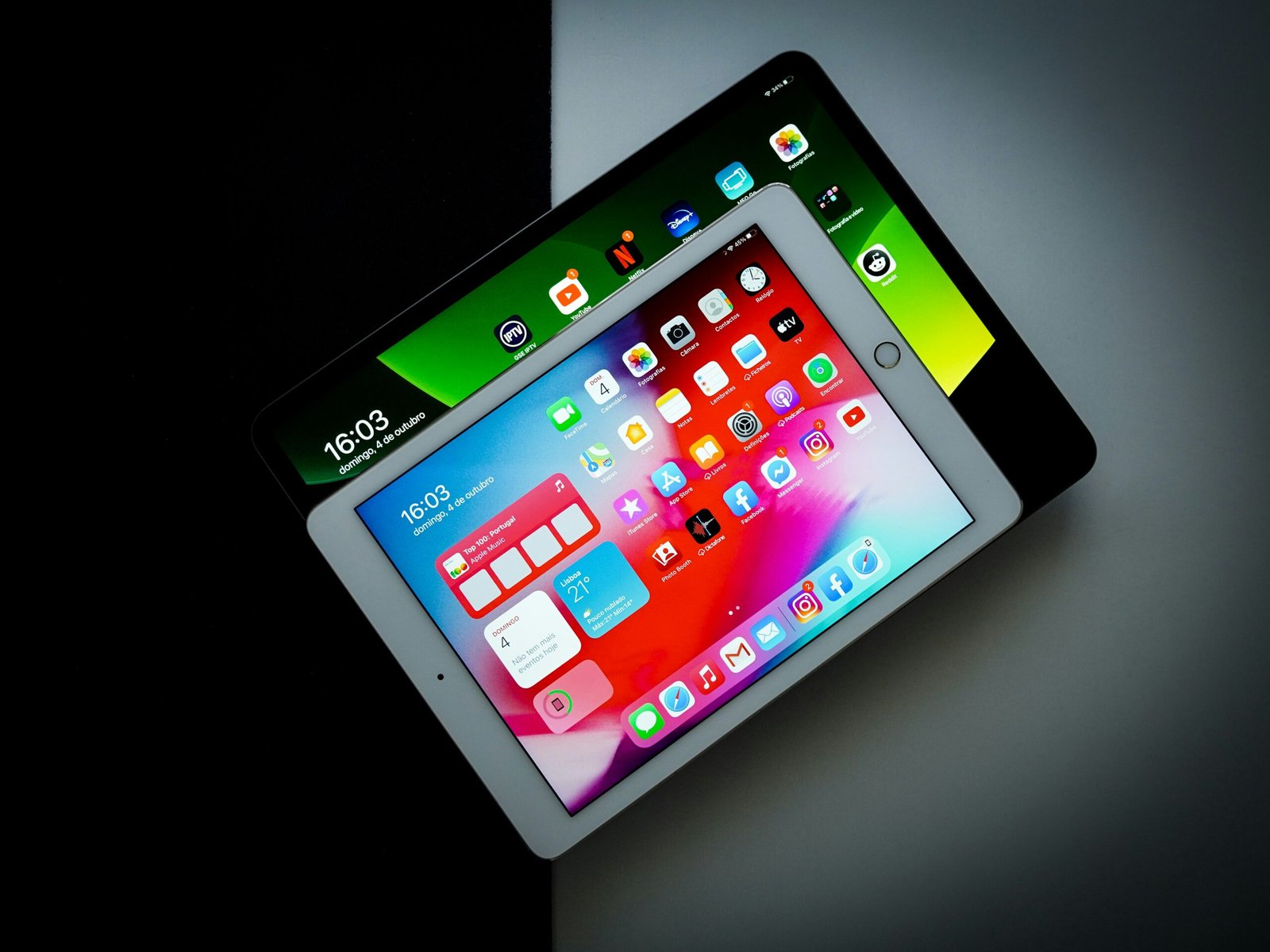Wondering whether iOS, Android, or Windows is the best tablet OS for you in 2025? Let’s compare them head-to-head.
Choosing the right tablet can feel overwhelming—especially when the operating system (OS) determines so much of your experience. From how fast apps load, to how secure your data stays, to whether you can multitask without frustration, the OS is the heartbeat of your device. Yet with iOS, Android, Windows, and Chrome OS all competing for attention, it’s not always obvious which one fits your needs best.
That’s where this guide comes in. We’ll break down the strengths and trade-offs of each tablet OS in plain language, focusing on performance, security, ecosystem, and everyday usability. By the end, you’ll know exactly which system makes the most sense for your lifestyle—whether you’re looking for seamless creativity, maximum flexibility, or true desktop-class productivity on the go.
Tablet OS Performance and Features
Performance isn’t just about speed—it’s about how well the OS manages resources, supports multitasking, and handles real-world use. Each platform offers unique advantages:
- iOS: Known for its seamless integration with
Apple hardware, iOS delivers consistently high performance and smooth multitasking. - Android: Built for flexibility, it handles a wide range of hardware and offers strong multitasking features.
- Windows: Focused on compatibility, Windows tablets bring desktop-class productivity and support for legacy apps.
Key Performance Factors
- Optimized processing cores
- Advanced multitasking support
- Consistent update cadence
| OS | Performance Benchmark | Multitasking Capability | Update Cadence |
| iOS | High throughput on |
Smooth task switching | Annual major updates + monthly patches |
| Android | Scales dynamically across devices | Strong concurrent app handling | Quarterly or incremental updates |
| Windows | Handles heavy workloads efficiently | Full windowed multitasking | Monthly patches + semi-annual updates |
Takeaway: If you value speed and stability, iOS shines. For flexibility and choice, Android leads. If desktop-style productivity is essential, Windows is a strong option.
Ecosystem, Compatibility, and Security
Performance alone doesn’t define the user experience. A great OS also offers reliable security, a strong app ecosystem, and seamless cross-device compatibility.
iOS
- Tight integration with
Apple devices (iPhone, Mac,Apple Watch). - Secure App Store with strict app review process.
- Consistent updates protect against security risks.
Android
- Open-source flexibility allows a wide variety of devices.
- Huge app ecosystem with both strengths and inconsistencies.
- Security updates depend on device manufacturer, creating variability.
Windows
- Enterprise-friendly ecosystem with Microsoft 365 integration.
- Regular security patches and feature updates.
- Strong backward compatibility with older apps.
| OS | Ecosystem Strength | Security Features | Compatibility |
| iOS | Highly curated App Store | Frequent, strict updates | Seamless with |
| Android | Wide, open-source apps | Security varies by device | Broad hardware support |
| Windows | Enterprise ecosystem | Enterprise-grade security | Legacy + modern apps |
Takeaway: iOS is best for users who want stability and security, Android offers maximum choice and flexibility, and Windows is ideal for professionals needing enterprise tools.
Choosing the Right Tablet OS
When deciding, think about how you’ll actually use your tablet:
- For creativity and casual use: iOS offers the best app ecosystem and smooth experience.
- For customization and hardware variety: Android provides the widest options.
- For business and productivity: Windows delivers desktop-style performance and app compatibility.
Final Thoughts
Tablet operating systems have come a long way, each evolving to balance speed, multitasking, ecosystem strength, and security.
- iOS excels in stability, smooth performance, and a strong app marketplace.
- Android leads in flexibility and diverse hardware choices.
- Windows stands out for productivity and enterprise use.
By understanding these differences, you can confidently choose the OS that aligns with your needs—whether that’s streaming, creative projects, or full-scale business productivity.
FAQ
Q: What are the main tablet operating systems?
A: iOS (iPad), Android, Windows, and Chrome OS.
Q: Which OS gives the best performance?
A: iOS offers the smoothest performance due to tight hardware-software integration. Windows supports desktop-level workloads, while Android balances flexibility with strong multitasking.
Q: Which OS is most secure?
A: iOS leads in security with consistent updates. Windows provides enterprise-grade protections, while Android’s security depends on the device manufacturer.
Q: What’s the difference between Android and Chrome OS tablets?
A: Chrome OS tablets feel more like laptops with Android app support. Android tablets focus on mobile-first use with deep Google services integration.
Q: How often do these systems update?
A: iOS updates monthly with a major yearly release. Android updates vary by device, often quarterly. Windows provides monthly patches and semi-annual feature upgrades.

